July 18, 2021
In July 2021 I finally got to travel again after 1.5 years of isolation during the COVID-19 pandemic. My first foray was onboard the National Geographic Explorer on a 12-day circumvention of Iceland. I had been to Iceland twice before (see my older other blogs on Iceland), but this was both an opportunity to escape as most other destinations were not yet open for travel, and a chance to see parts of Iceland I had not seen before. This was a special trip as well as it was sponsored both by National Geographic and Natural Habitat – two companies I love to travel with. There will be lots of posts on this trip to Iceland, but this one is about orcas. But this is not your usual orca blog….
Orcas
Orcas, also called killer whales (orcinus orca, where orcinus means “of the kingdom of the dead”) belongs to the oceanic dolphin family (meaning they live in the sea). One doesn’t usually think of the gentle dolphin in the same thought as killer whales, but they are in fact related. The name “orca” came from the ancient Romans who probably got the name from the ancient Greeks who had a similar word meaning “whale species.” When it comes to names, they have had lots of other ones too, including “blackfish” and “grampus.”
And they are large! A male can range from 20-26 feet long and weigh over 6 tons. Females are a bit smaller (although not small), ranging from 16-23 feet) and weighing 3-4 tons. Calves, as the babies are called, are about 8 feet long at birth and weigh about 400 pounds. In this case, size matters (remember this for later….). But they are not very fast, swimming at about a speed of about 7 miles an hour. Having said that, at top speed they might go 30 miles an hour.
Black and White – like a cookie
Orcas are recognized by their black and white bodies. They are mostly black on top and white underneath, with the white part stretching from the lower jaw, narrowing between the flippers and then widening out, ending in their genital area. The tail fluke is also white on the underside. Males and females have different patterns of black and white skin in their genital areas (again, remember this later…). The color combination always reminded me of the black and white cookies we ate as children.
The orca’s pectoral fins are very large and rounded, looking like paddles. Males of course have much large fins than females. The dorsal fins also are different between the males and females with the male fin being about 6 feet, more than twice the size of the females. The male dorsal fin also looks like an elongated triangle while that of the female is shorter and more curved.
Orcas are found all over the world, including Antarctica and the Arctic. I saw my first orca in the Antarctic. But more recently, I saw them on this trip to Iceland, above the Arctic circle. And that’s where this story begins. But first, as I often do, some history and background.
Background of Orcas
Despite their fierce name, orcas are not a threat to humans. Never has a person been fatally attacked by an orca. They don’t want to eat us. They do want to eat fish, seals, sometimes other species of dolphins and therefore are sometimes called “wolves of the sea.” And lucky for them, they have no natural predators – other than man the hunter!
Peas in a Pod
Orcas are very social and live in stable matrilineal family groups, called pods, which can have anywhere from 5 to 50 members. The pods social structure is as sophisticated as that of higher primates like elephants, and yes, even humans. Each pod is made up of a smaller, more closely knit group called matrilines, made up of the eldest female (the matriarch) and her sons and daughter. Each matriline is made up of about 5 whales and is a family based around the female line (i.e., matrilineal). The males live with their mothers for their entire lives. As females can live for about 90 years, each matriline can be made up of four generations of orcas.
Vocalizations
The orca has a very sophisticated hunting style and vocal behaviors which are passed down across generations. They depend heavily on underwater sound for orientation, feeding, and communication, producing three types of sounds, including clicks, whistles, and pulsed calls. Clicks are believed to be used primarily for navigation and discriminating prey and other objects in the surrounding environment, but are also commonly heard during social interactions. All members of a resident pod use similar calls, known collectively as a dialect.
Myths and Legends
My regular readers know that I love myths and legends. Orcas are strongly featured in the mythologies of indigenous cultures. In addition, depending on the culture, they may be portrayed as either the souls of humans or merciless killers.
In the Pacific Northwest, the indigenous peoples feature killer whales in their art, history, spiritually and religion. The Haida, from British Columbia, regarded them as the most powerful animals in the ocean (which in fact they are). The myths say that the killer whales lived in houses and towns under the sea and took on human form when submerged. Humans who drowned went to live with them. The Kwakwaka’wakw also from British Columbia, regarded them as the rulers of the undersea world, who had sealions for slaves and dolphins for warriors. Killer whales may embody the souls of deceased chiefs. The Tlingit of southeastern Alaska regarded the killer whale as custodian of the sea and a benefactor of humans.
The Maritime Archaic peoples of Newfoundland had great respect for killer whales, as evidenced by stone carvings found in a 4,000-year-old burial site. In the tales and beliefs of the Siberian Yupik people, killer whales are said to appear as wolves in winter, and killer whales in summer. Killer whales are believed to assist their hunters in driving walrus and they would throw tobacco or meat as small sacrifices into the sea.
Only in western culture were killer whales historically feared as dangerous, savage predators. The first written description of a killer whale was given by Pliny the Elder at about 70 AD, who wrote, “Orcas (the appearance of which no image can express, other than an enormous mass of savage flesh with teeth) are the enemy of [other kinds of whale]… they charge and pierce them like warships ramming.”
Back to my story
One morning, the morning of July 18th to be exact, we were sailing along heading towards Skalanes, each of us either in the common areas or in our cabins. Suddenly we heard Lucho Verdesoto Yumiseba, our expedition leader, on the PA system telling us we had to come up on one of the decks immediately. “Stop whatever you are doing, grab a camera and come above on deck. No excuses.”
So I grabbed my two Olympus OM-D E-M1 Mark III cameras, one with my 12-100mm lens and one with my 100-400mm lens, ran up the stairs to the bow of the ship to see what all the excitement was about. And I quickly found out. We had come across two pods of orcas. I was lucky enough to be standing next to one of our naturalists supreme, Linda Burback, and she explained everything that was happening.
Frolicking
And what a sight it was. We couldn’t count them, but it seemed like hundreds. They were everywhere. The sun was shining off their black backs making them look like they had just been polished. They were sparkling. And they were literally frolicking, breaching (leaping out of the water and then landing on their sides), doing back dives (where they leap out of the water and land on their backs), belly flops (leaping out of the water and landing on their ventral surface, that is, their belly), fluke lifts (moving their flukes up and down), splashing everywhere. We would see motion on the left and as soon as we turned, there would be activity on the right.
They were everywhere. It was one of the most incredible sights I’ve ever seen. They were having such fun. I almost wanted to jump in the water and frolic with them.
One whale came so close to the ship and I just watched him swim and dive, and blow (which means forcefully expeling air through their blowhole). It was almost like I could reach out and pet him.
And as I’m known for doing, I was taking thousands (literally) of photos. I just held the shutter down and let the camera do its work.
Back in my cabin
Eventually, after over an hour, we said good-bye to the whales and sailed away. I grabbed my Microsoft Surface (which I always travel with to download my photos) and the download began. I started looking at the pictures and noticed something pink on one of them. Just a small spot of pink “Oh no,” I thought. “What is that? Perhaps lens flare? Now I have to photoshop it out.” And then I looked at the next photo and the one after that, and the one after that. And my mouth literally dropped when I realized what that pink was.
Pink Floyd
What was it? It was an orca penis. And despite the Coastal Ocean Research Institute saying that it is very rare to see orca copulation events, these whales were mating! Yes, rare, but we got to see it. Amazing is the only word to describe it.
Fittlingly, a whale penis is known as a Pink Floyd. And I don’t know why I was surprised at the size. An orca can have a penis up to eight times its body length. They are known to have extremely large penises, relative to their size and relative to all the other penises in the world.
So now, some background on orca mating practices
Mating
Orca males never mate within their own pod (that would be incestuous). They always find another pod to mate, and then return to their pod, thus preventing inbreeding. That’s what these whales were doing. They are polygamous meaning they mate with several partners. And that’s why there was so much frolicking.
Female whales’ gestation period is from 15-18 months and usually calve one offspring about once every five year. And both female and male pod members take care of the calves.
The mating process includes the whales encircling and rolling around each other. This is what we were watching. I noticed in my photos however, that there was often a second male very close by. So I looked it up. National Geographic explains it this way:
It is “an elaborate courtship in which two males …. attempt to mate with a female. Christopher Fitzsimmons, an education specialist at the Birch Aquarium at Scripps Institution of Oceanography, explained that mating in pods of three, with two males and a female, is entirely common among whales. ‘This rolling and rubbing we see is believed to be the whales familiarizing themselves with one another and making sure the female is receptive to mating,’ said Fitzsimmons. Whales engage in often elaborate courtship practices before mating. Males will use their pectoral fins to coerce and align females into mating positions. Females have even been observed avoiding the attempts of males for days.”
So it turns out that “it’s common to see two male whales taking turns attempting to meet with a female. Body alignment is important in these very large mammals. One male supports the female as the other attends to meet with her. The male places his pectoral flipper on the female a form of caressing. The courtship behavior can go on for an hour or more.” And if you look at my photos of the whales mating above, you can see that there are three whales there, all “frolicking” together.
So now you know. And now you understand why this post is labeled X-rated.
It was a once in a lifetime experience. Nature.
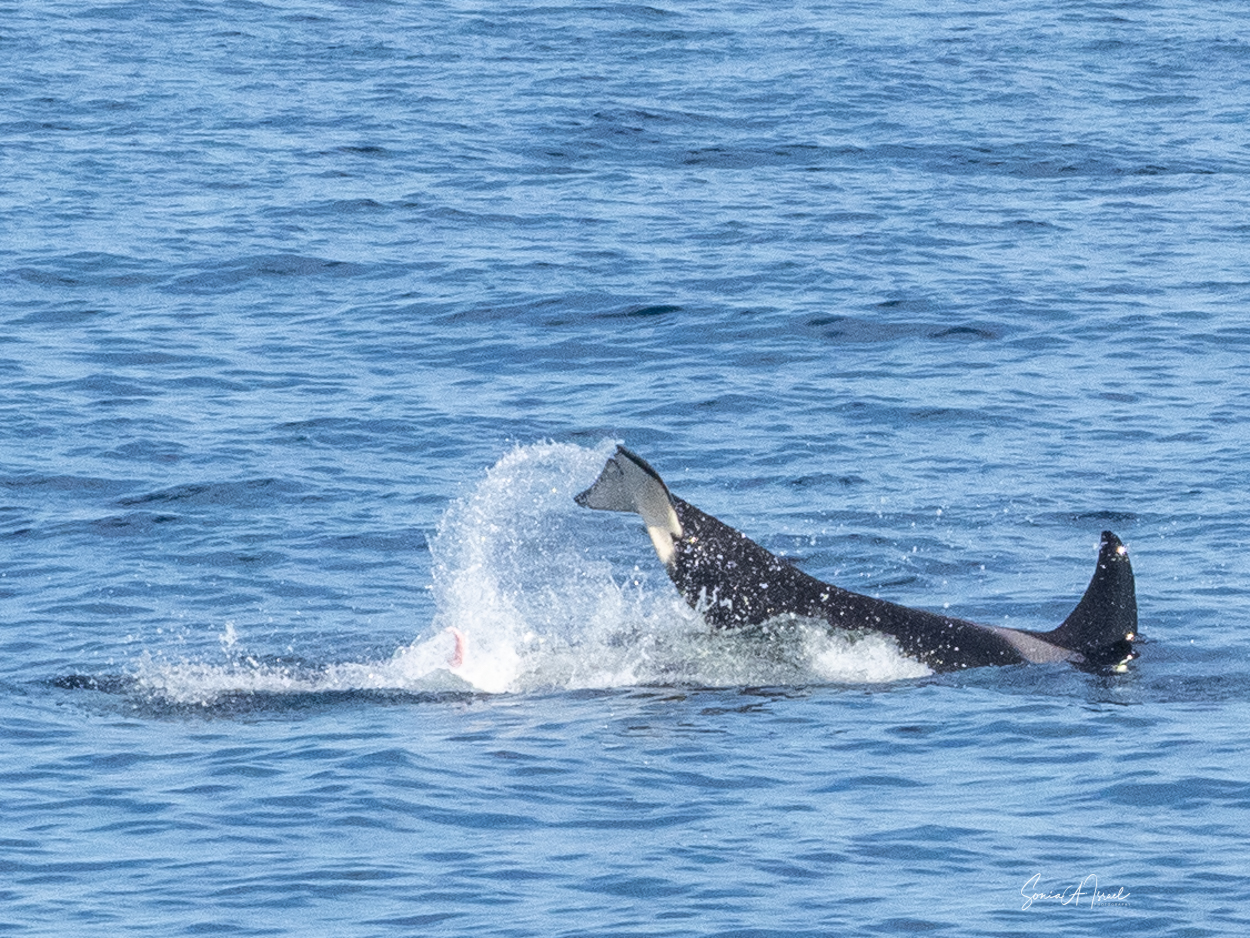
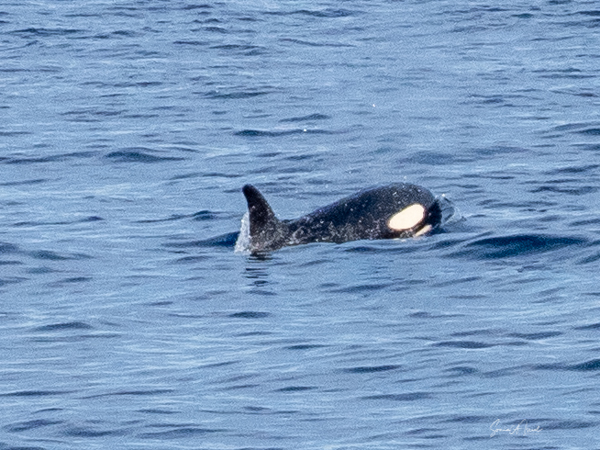
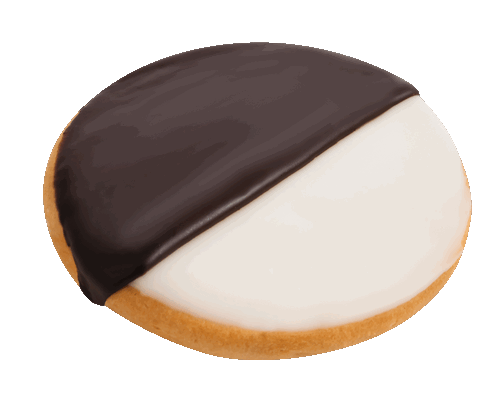

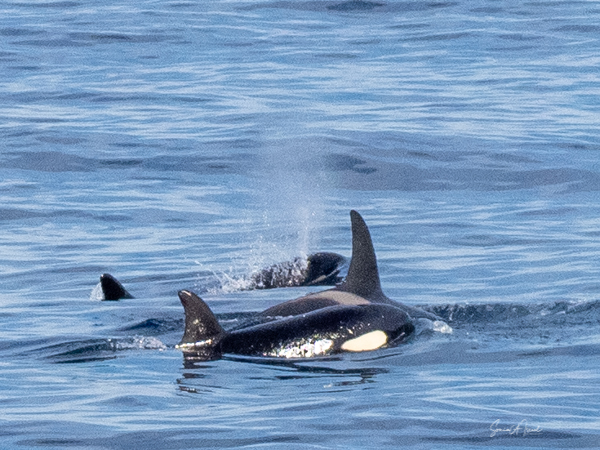
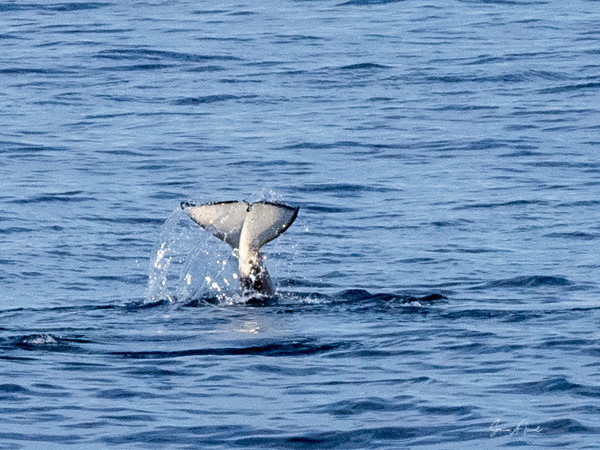

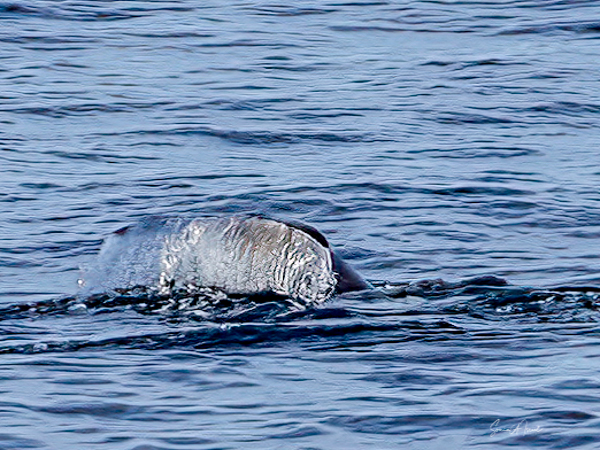
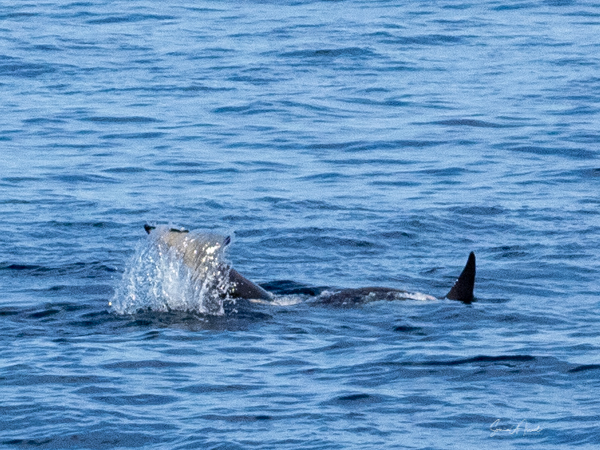
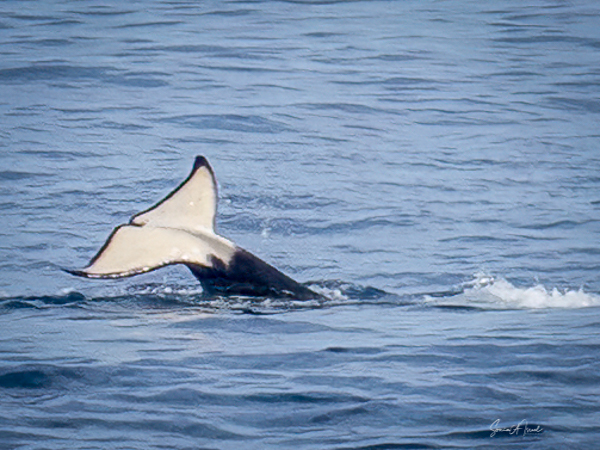
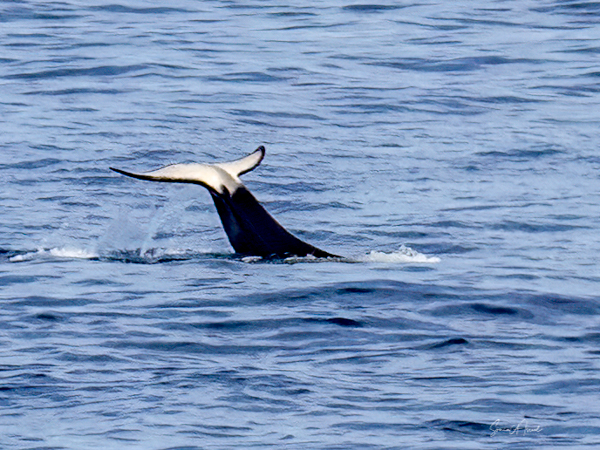
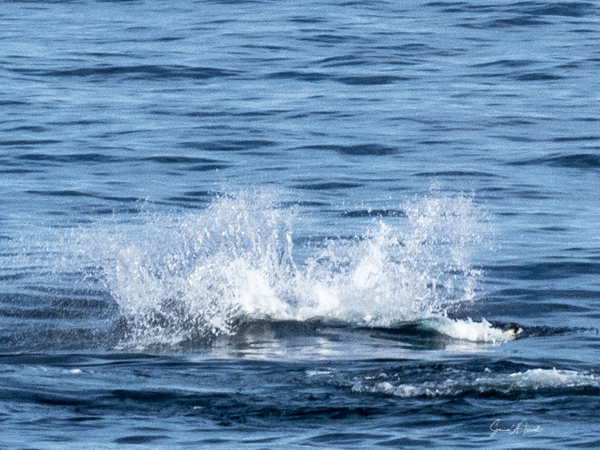

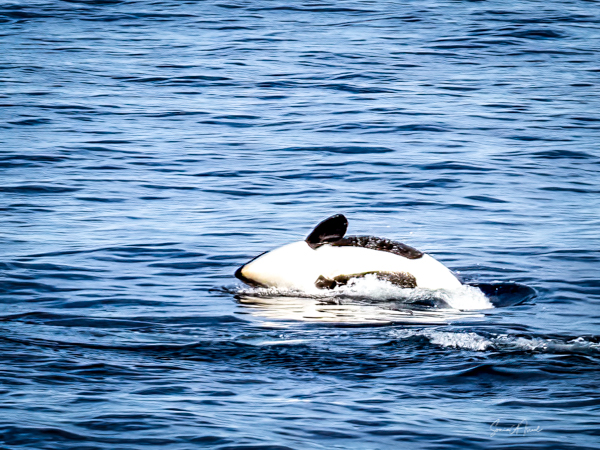

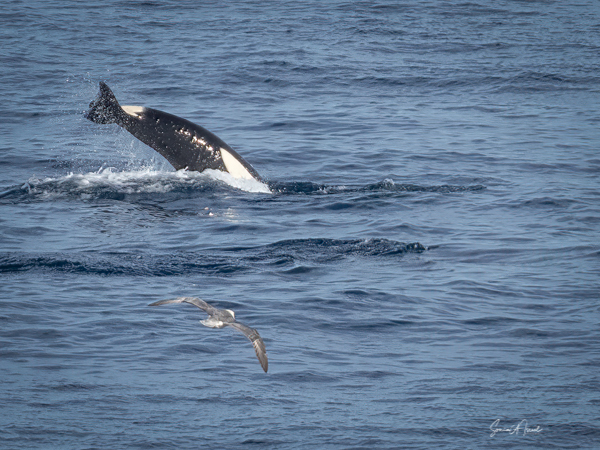

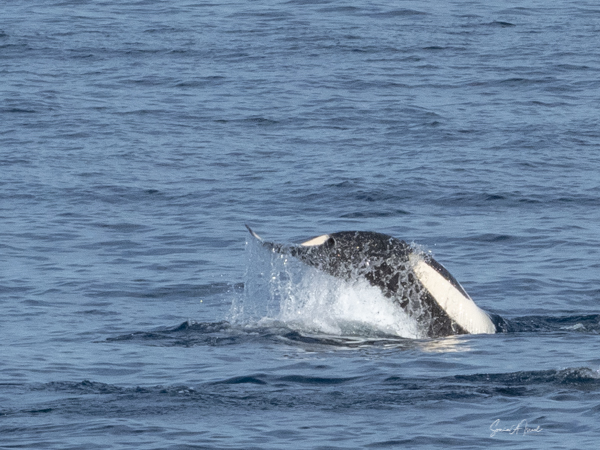

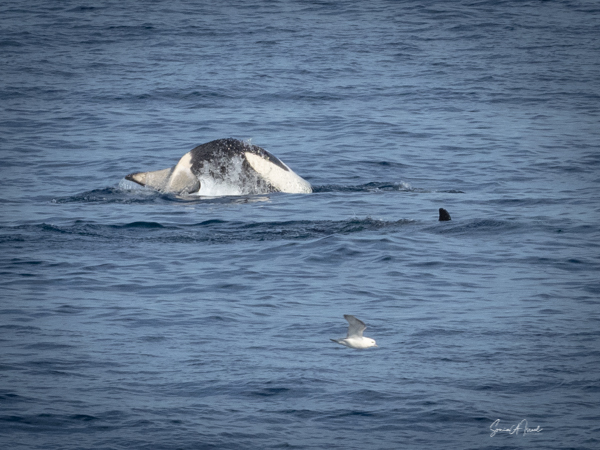
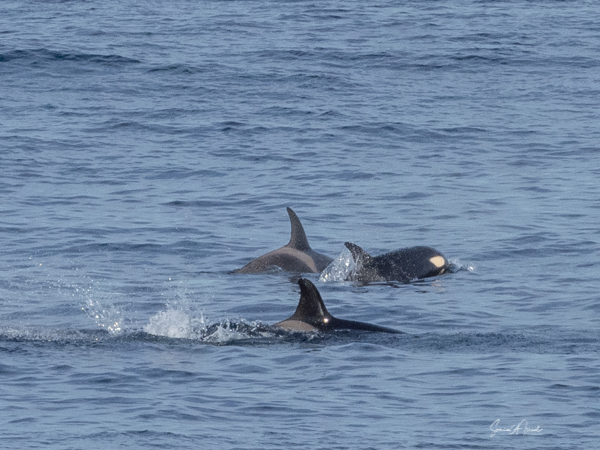
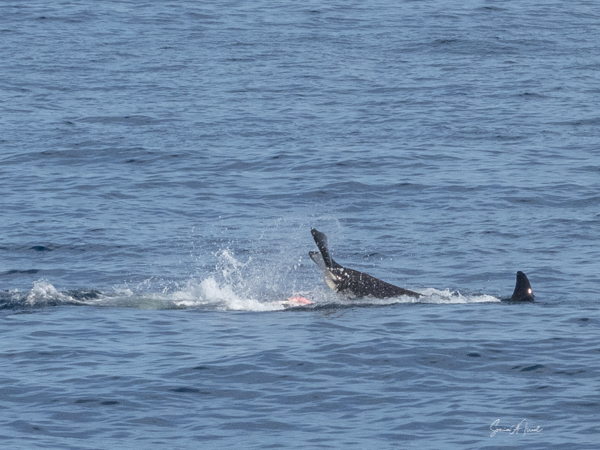

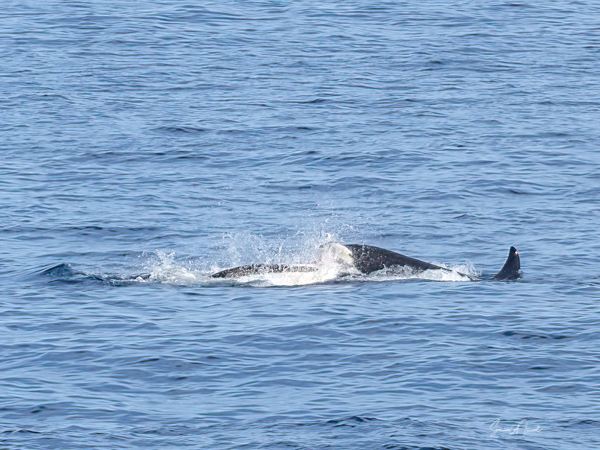
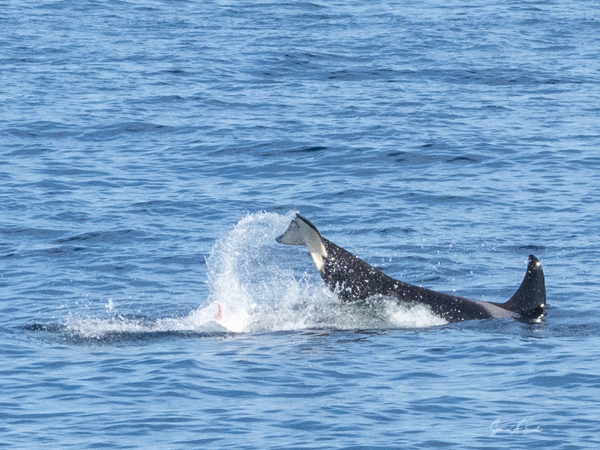
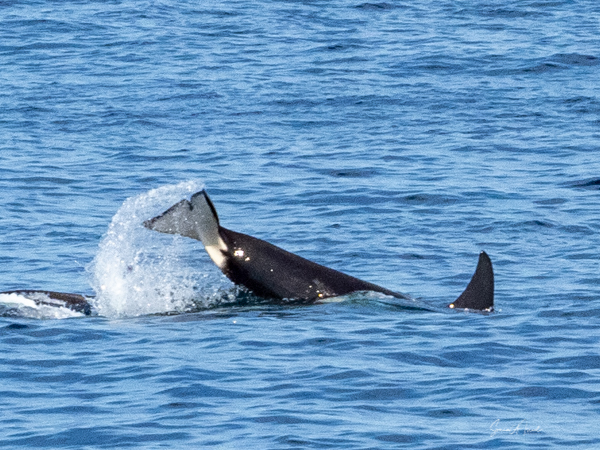
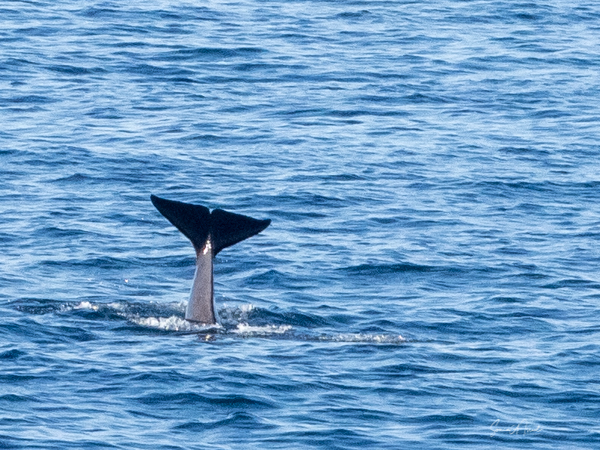
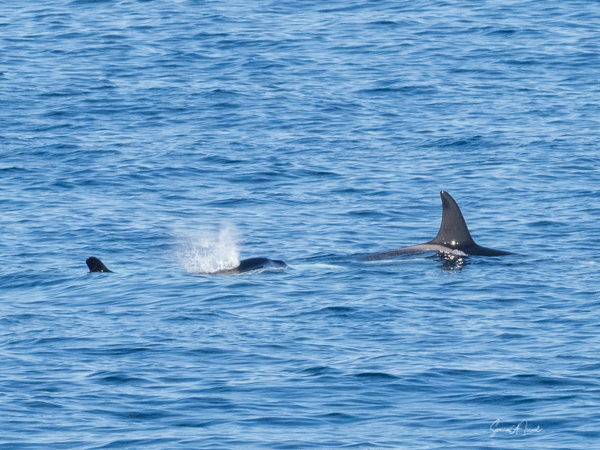
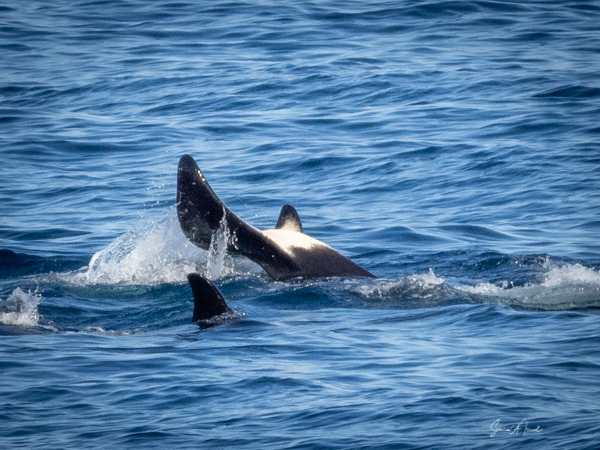
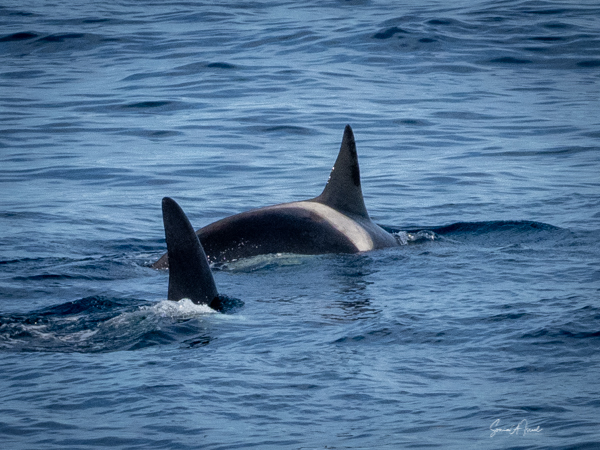
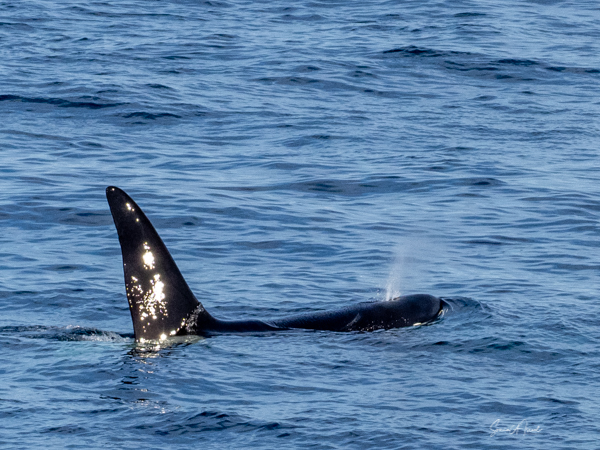
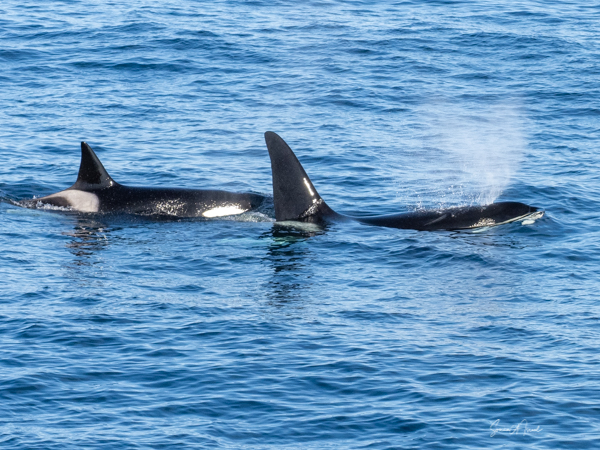

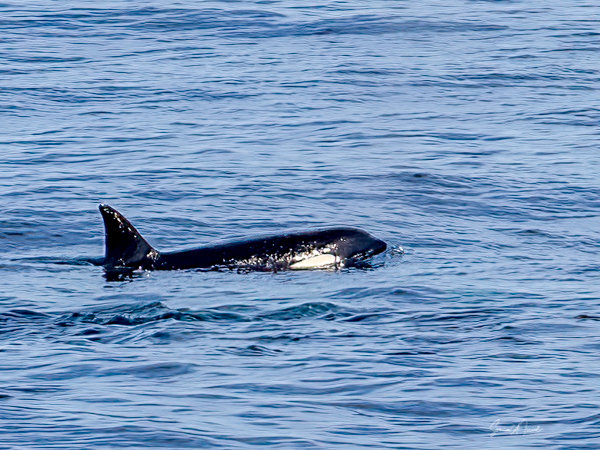
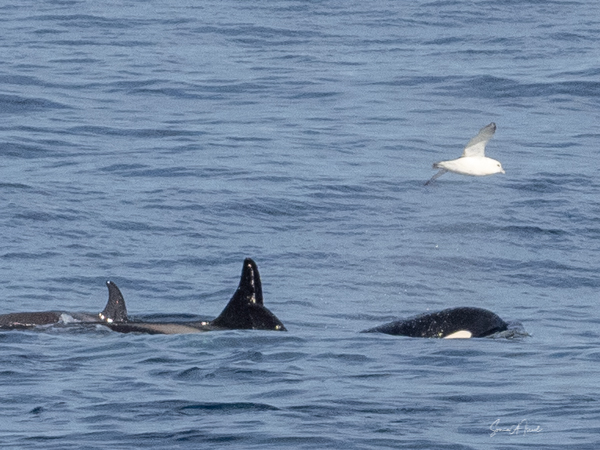
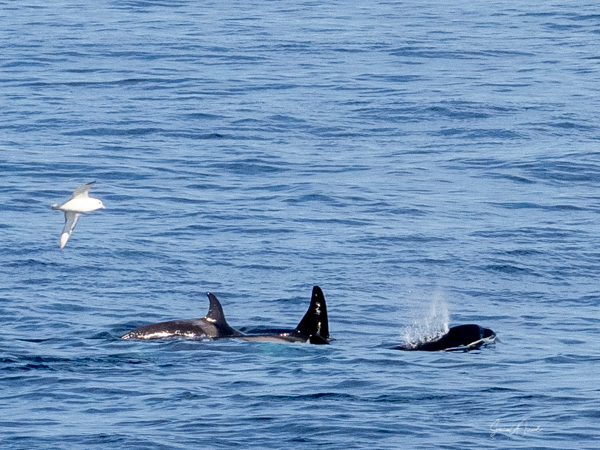
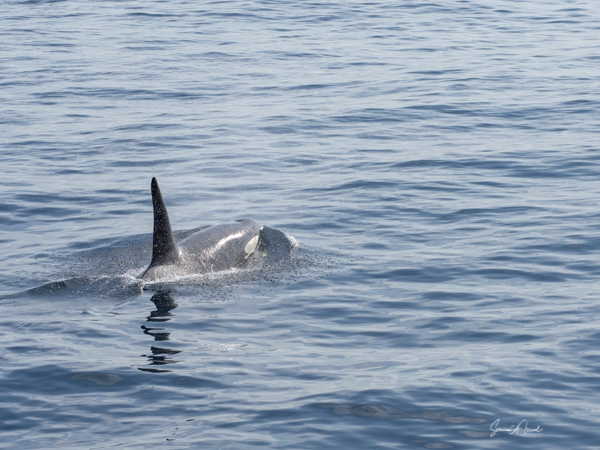

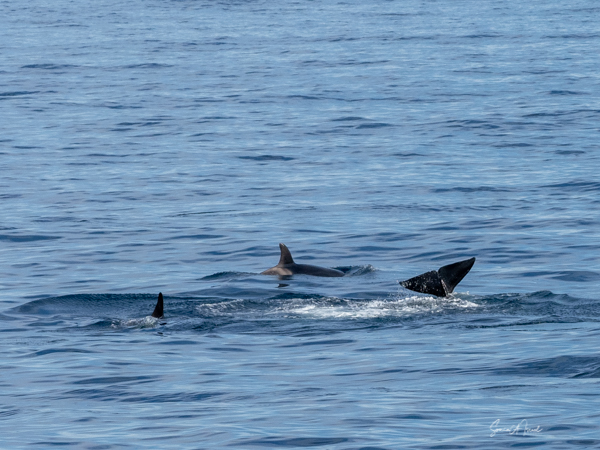

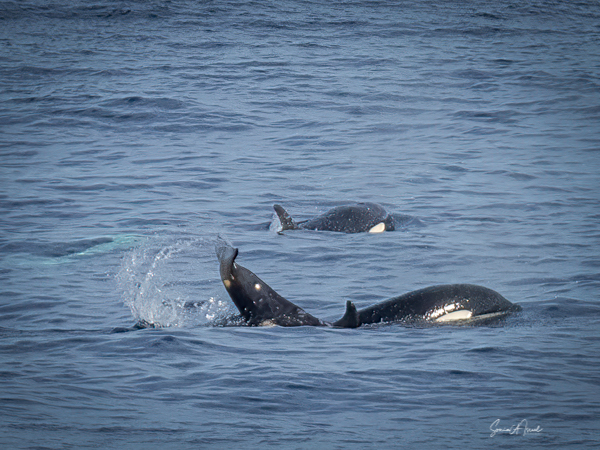
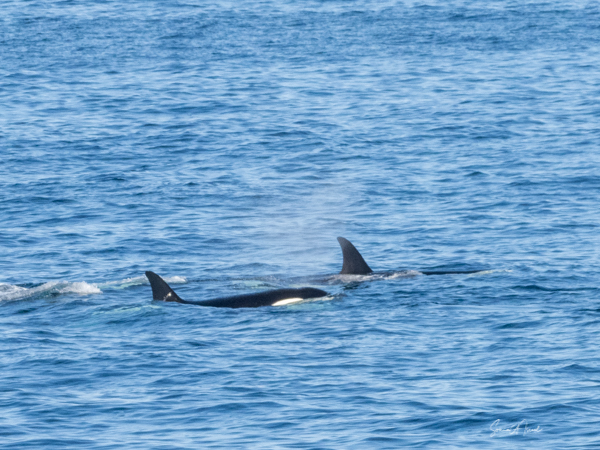
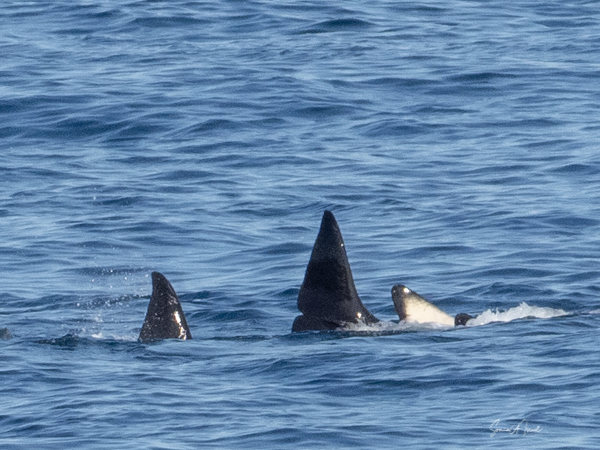
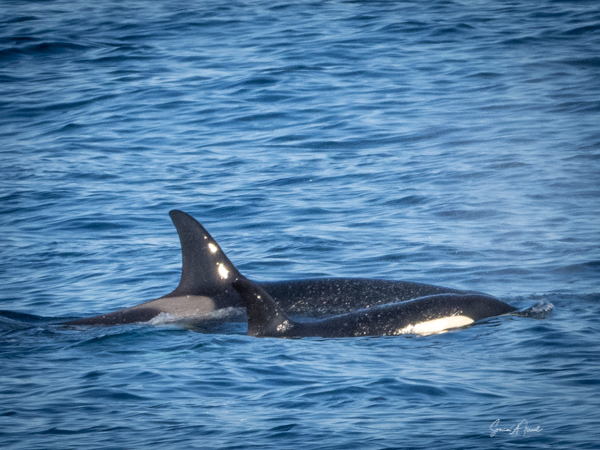
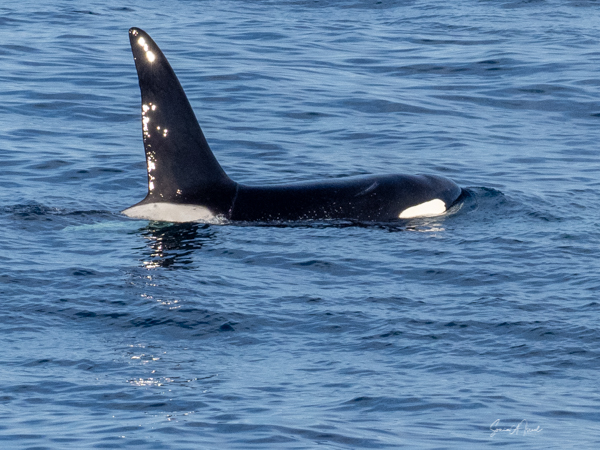

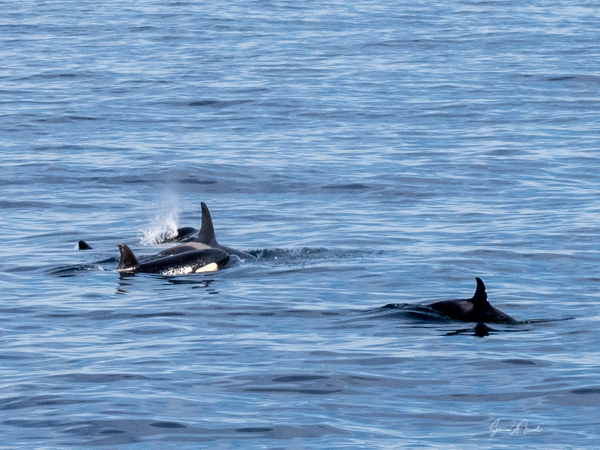
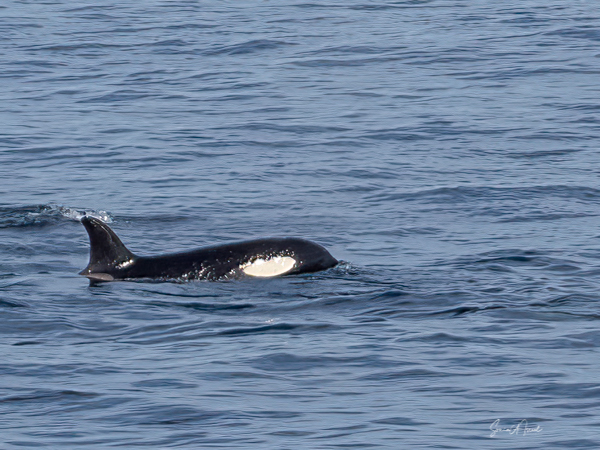






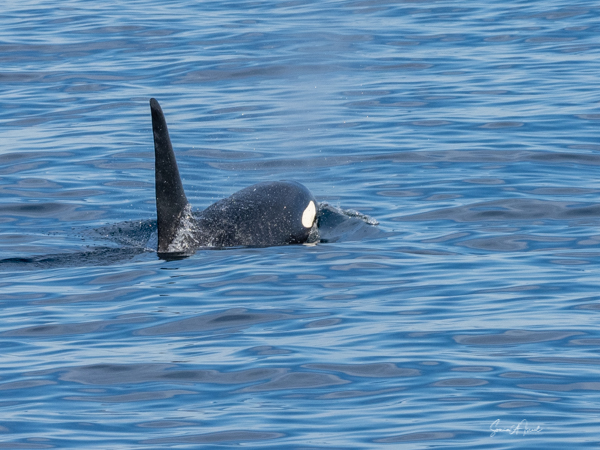
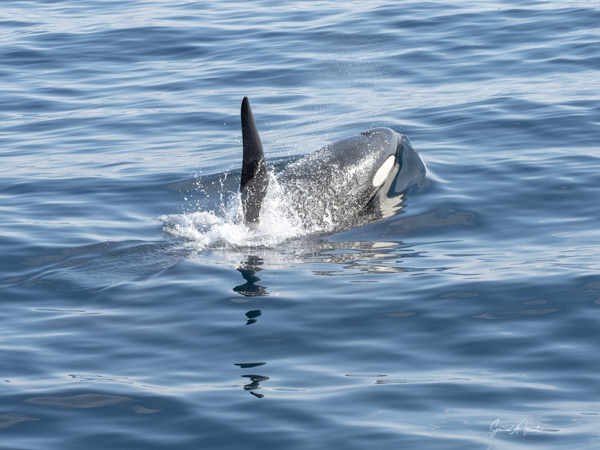
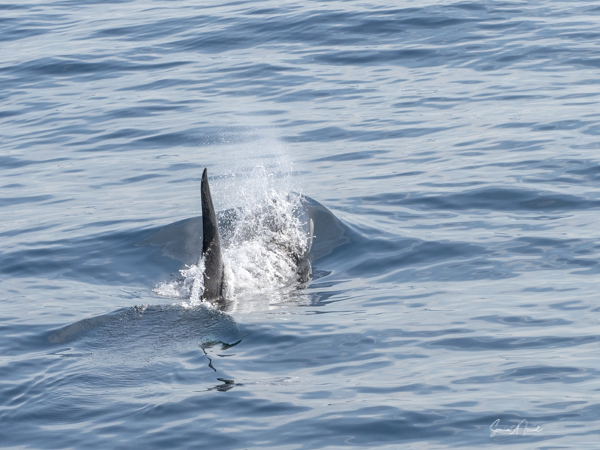
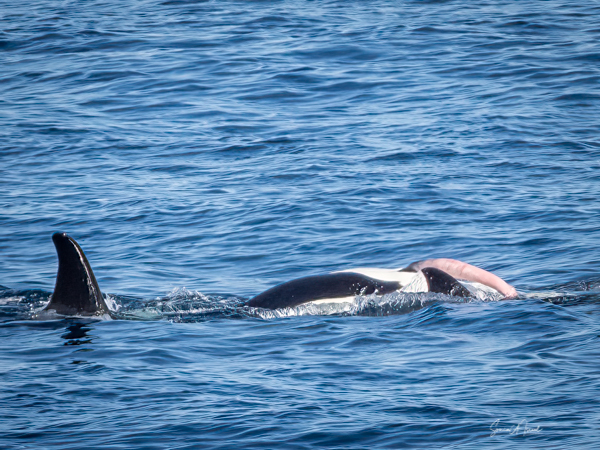
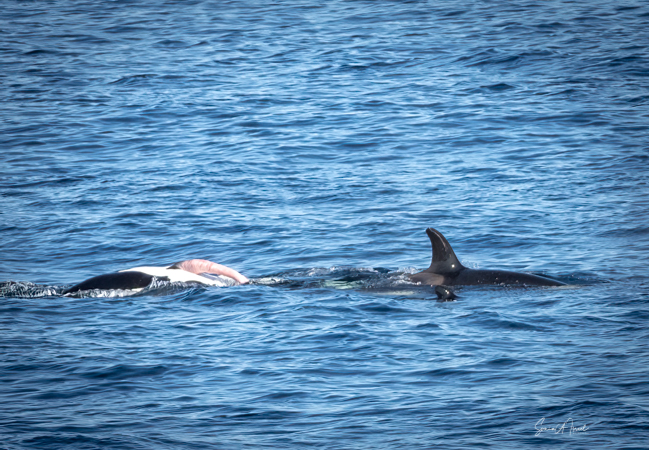
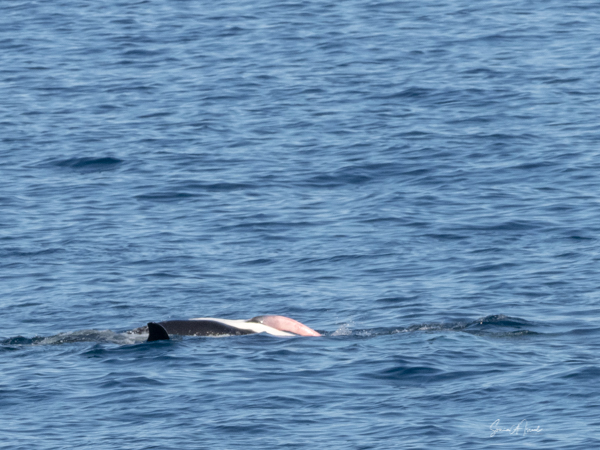
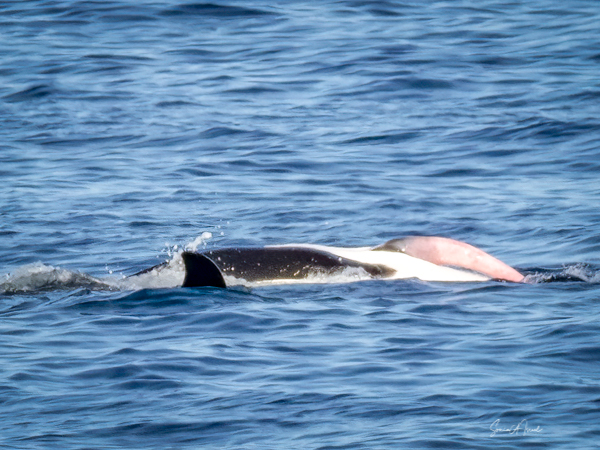


Ben Smarr
Too funny! I’m a huge Pink Floyd fan, but I’ll never hear them the same way again.
“8 times the body length” makes it sound like the whole whale is penis, like a jack-in-the-box. Must be extremely expandable tissue with peculiar properties – now that’s an R01!
Lea
The x-rated comments I have shall remain private. Loved the photos!
NEIL BERKOWITZ
Sonia,
What an amazing adventure, and with such great photos to illustrate everything!
Glad you were able to get away at last. I know how much you enjoy traveling and the past 20 months must have been torture for you.
Looking forward to more info about your travels,
Neil.
Edward Friedman
Great pictures Sonia, with your explanation of two males and one female, now I understand where the expression “wingman” arose 😀
Maggie Meyer
HI Sonia,
Even though I had had an X-rated preview, I loved the photos the second time as well as the frolicking Orcas.
What a wealth of information!
Thanks,
Maggie